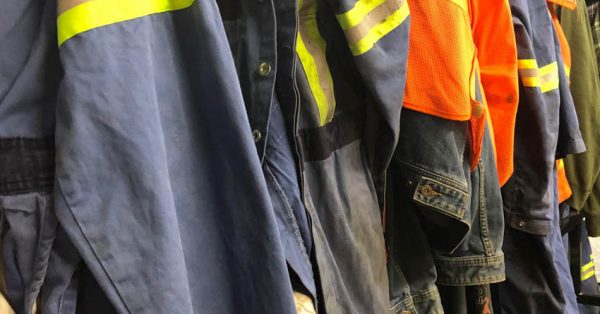OHS Canada Feature | Keeping your team safe: Leadership tips for working with subcontractors
Most business leaders recognize their duty to protect workers within the four walls of their operating facilities. Even in recent years, with more employers adapting policies to address remote work, production staff in the manufacturing sector remained onsite.
But what if your team provides services and support onsite elsewhere — at a facility you don’t own? What if you employ temporary workers and contract employees? Where do the obligations of contractor and subcontractor begin and end in protecting contract workers’ health and safety?
While subcontractors are separate entities, there is a fiduciary responsibility and onus on all businesses to ensure every worker is protected from hazards and risks. And, as business leaders, we are responsible to know what risks we are introducing into our facilities when we hire a contractor or subcontractor and to control those risks effectively.
Ultimately, we are responsible for the health and safety of our workers and the contractors and subcontractors who come to work in our facilities—as well as their impact on our risk profile and culture.
Health and safety considerations in contractor procurement
A sustainable culture of health and safety doesn’t begin and end at our business location’s front door. In procuring contractors, in addition to knowing what services they provide, we need to understand who they are and how they approach workplace health and safety.
By considering it upfront in our contractor selection, we can take steps to protect the safety culture in our own operations. Our due diligence includes requiring that proposals including information on the contractor’s health and safety programs — and references confirming that they follow their safe work procedures onsite.
As we identify potential contractors and subcontractors, we also need to determine whether their approach aligns with ours. What is their safety performance record? How do they balance the health and safety of their workers with the demands of clients? Have they achieved a safety certification such as COR or the Occupational Safety Standard of Excellence to demonstrate they have a third party audited process to systematically manage OHS risks?
Due diligence in answering questions like these provides checks and balances in the selection of contractors whose values align with ours.
Oversight and follow-through
Whether we work with a subcontractor on a short-term basis or long term, we are entering a partnership. Oversight and follow-through are critical factors in managing this important relationship. By valuing health and safety in the selection and ongoing management of contract workers, we see to the protection and wellness of everyone. This is an expectation and our duty as employers when endorsing contractor agreements.
In our management processes, we also need to evaluate and plan for effective orientation, training, and oversight of contractors and subcontractors on-site. And in a longer-term contract arrangement, contractors have a significant impact on our teams and culture. That is an influence we need to recognize and manage.
How do we ensure that all workers will have the required safety training? Will required training be upfront or ongoing? Have we assigned an employee to orient, train, manage, and provide oversight to the contractor worker? Could there be benefit in a long-term contractor participating in our joint health and safety committee?
With the support of health and safety professionals both at our own companies and at our subcontractors, we can identify the best way to engage each other to minimize risk and strengthen our culture.
Continual improvement and review
No matter how we work with a contractor or subcontractor, it’s important to identify and agree to an ongoing process of review and refinement — including an assessment of the
contractor’s health and safety policies, any incidents involving contract staff, and the influence of the contract workers on employee perceptions of health and safety.
Continual improvement is key to ongoing, successful health and safety programs. As we develop and refine our own health and safety programs, we need to look for ways to bring our contractors along. Keep them informed about changes in policies, procedures, physical changes, in the facility, staffing changes, and anything that could impact their safety.
Through integration of health and safety into contractor procurement, oversight, and continual improvement, we protect our people and safety culture. Collaboration on health and safety makes our contractor partnerships more effective — and becomes another driver of sustainable business performance.
Written by: Lisa McGuire
Originally published in the August 2023 Edition of OHS Canada.



